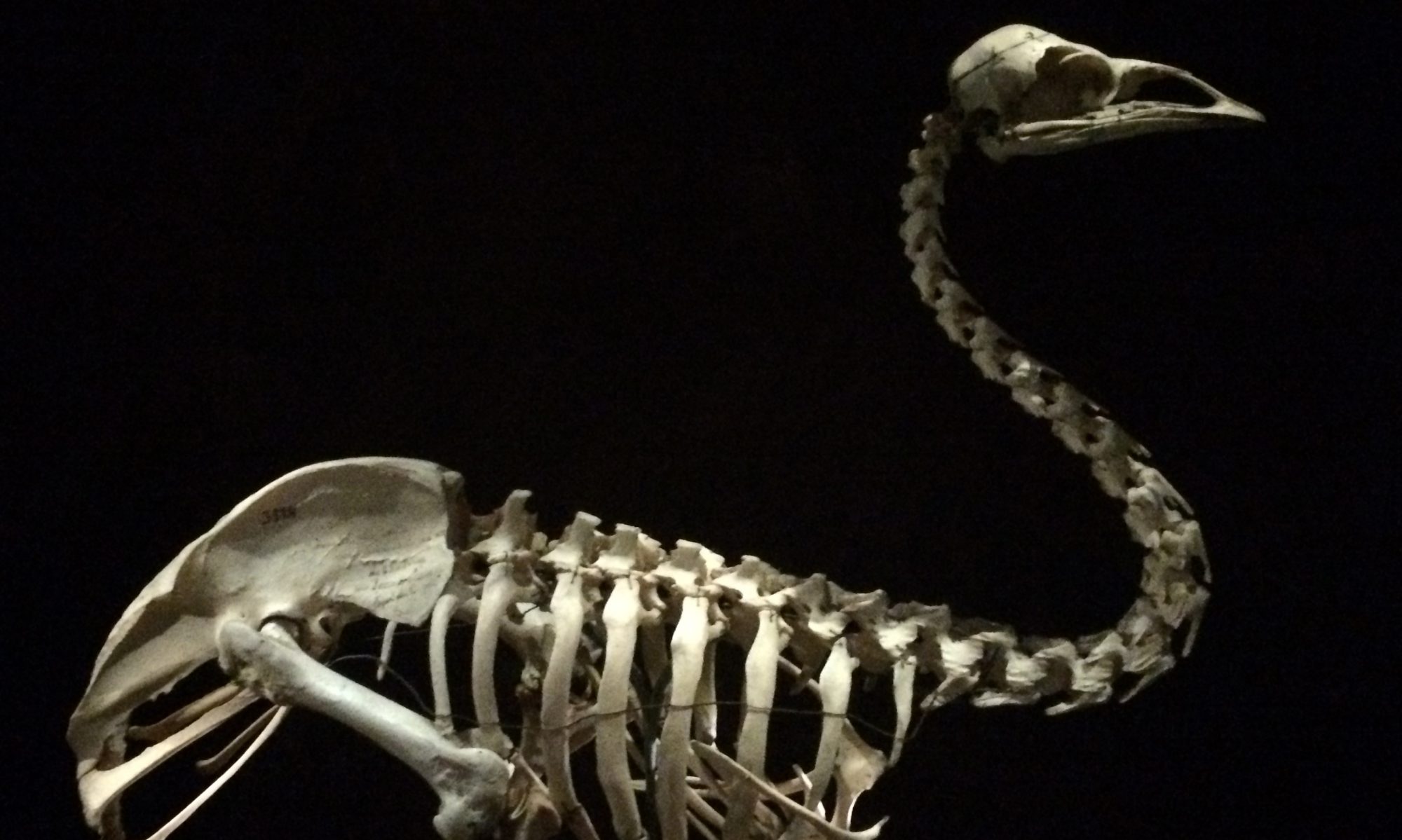Call for Papers for Special Issue of Museum & Society on the theme Exhibiting Extinction
Editor: Dolly Jørgensen, University of Stavanger
Extinction of non-human species caused by our human activities has become one of the central concerns of modern environmentalism; at the same time, we are witnessing the widespread extinction of indigenous cultures and languages. Although discussions of potential (but not yet realized) extinction are animated by an “endangerment sensibility” which works to preserve the threatened object or being (Vidal and Dias 2016), once the species or culture or language is extinct, the discourse must shift. Extinction studies scholars have argued that scholars have a moral and ethical responsibility to expose how extinction affects us now and in the future and find new ways of living that recognises that the loss of species is connected to colonial structures in human-nonhuman as well as human-human relations (Rose, van Dooren, and Chrulew 2017). Greater input is urgently needed from arts and humanities to work critically engage with the scientific discourses about extinction.
Museums have been called upon in the last few years to educate and inspire action on grand challenges such as climate change (Cameron and Neilson 2015; Newell, Robin, and Wehner 2016). In the same vein, they have the opportunity to be primary sites of public engagement with extinction. A number of local and national museums have responded with educational exhibitions focusing on modern species extinction, such as Extinction or Survival? Manchester Museum 2016-17; Extinct: a Way of Life, York Museum 2017; Extinction: Not the End of the World? London Natural History Museum, 2013. Others have incorporated concerns about modern extinction alongside the planetary of the dinosaurs, such as Deep Time opened at the Smithsonian Natural History Museum in 2019. These examples show that the time is ripe to analyse the positioning and ethics of extinction as an exhibitable phenomenon.
This special issue calls for critical reflection on how museums have been and can be used to cultivate reflective thinking about extinction. It is open for scholarship on the roles of museums in exhibiting the loss of nonhuman species and/or the loss of human cultures/languages that results from the extinction of nonhumans. The special issue welcomes papers on these topics:
- Representations of extinct species, including which species are put on display, how they are displayed, and the visual and textual context of the species’ remains
- Displaying linkages between cultural and biological extinctions
- Connecting historical extinction events to contemporary concerns
- The role of contemporary artistic or multimedia work in communicating extinction in a museum setting
- Emotional and ethical frameworks of exhibiting extinction, such as grief, anger, hopelessness, a sense of injustice, resistance, care, hopefulness, joy, and playfulness
- Conservation challenges of putting irreplaceable extinct specimens/objects on display and the role of museums as caretakers of/for the dead
- Challenges with museum education and outreach programs on extinction as a local and/or planetary issue
Potential authors:
Potential authors are encouraged to submit an abstract that will be reviewed by the special issue editor. Authors will then be invited to submit a full manuscript and all submissions will be subject to a peer review process.
Abstract guidelines:
Please submit an abstract of approximately 300 words by 16 October 2020 to dolly.jorgensen@uis.no. You will be notified by 23 October 2020 if your paper is accepted for submission.
Full submission guidelines:
Manuscript length should be between 5,000 and 8,000 words, following the journal guidelines, and must be submitted by 15 March 2021.
Deadlines:
16 October 2020: authors to send abstracts to editor.
23 October 2020: editor notifies authors whether the abstract has been accepted.
15 March 2021: authors to send first drafts of full manuscript to editor.
Manuscripts will then be sent to peer review, and papers invited for a ‘revise and resubmit’ will be due in mid-2021. The special issue will be published in July 2022.
Editor bio:
Dolly Jørgensen is Professor of History, University of Stavanger, Norway. She is the PI of two projects on extinction and museums: “Beyond Dodos and Dinosaurs” financed by the Research Council of Norway, and “Extinction as Cultural Heritage?” selected by the Joint Programming Initiative in Cultural Heritage and financed by Research Council of Norway, UK Arts & Humanities Research Council, and Polish Ministry of Culture & National Heritage.
References:
Cameron, Fiona and Brett Neilson, eds. 2015. Climate Change and Museum Futures. New York and London: Routledge.
Newell, Jennifer, Libby Robin, and Kirsten Wehner, eds. 2016. Curating the Future: Museums, Communities and Climate Change (New York and London: Routledge.
Rose, D.B., T. van Dooren, and M. Chrulew. 2017. Extinction Studies: Stories of Time, Death, and Generations. Columbia University Press.
